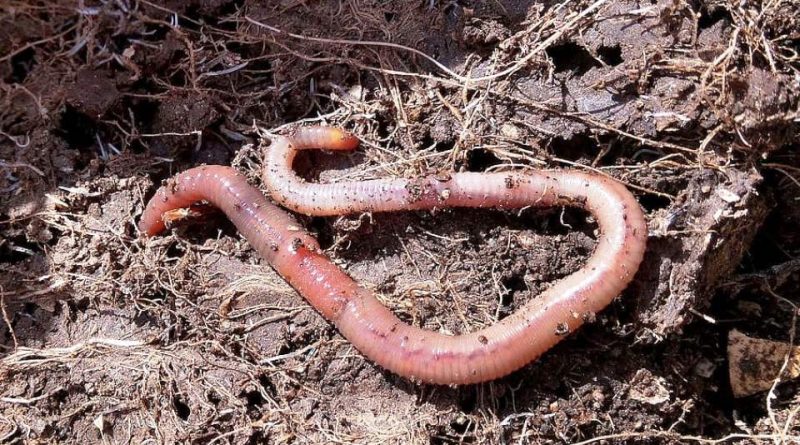Earthworm humus chemical composition
Earthworm humus chemical composition
Earthworm humus is a biological soil improver produced by digestion by the European oligochaetus (Eisenia fetida Savigny, 1826), also known as Californian red worm, worm of the Lumbricidae family, specialized in the consumption of decomposing organic matter.
This earthworm lives mainly in the litter layer, feeding on plant residues, animal residues and manure. The name fetida derives from the pungent smell that emanates when disturbed. E. fetida has groups of bristles on each segment that are moved for displacement.
This Lumbricidae, with its digestion, produces a compost of the highest quality: earthworm humus is considered by many to be the best fertilizer in the world.
It is a complex organic substance rich in nitrates, phosphates and potassium carbonate. It is mainly used in the cultivation of vegetables and small plants and if produced starting from certified organic substances it can be admitted in organic farming.
The analysis of the average data of this organic fertilizer and soil conditioner gives us a picture of its chemical-physical characteristics.
The data refer to the percentages of substance on the total dry substance, referred to vermicompost from bovine and equine manure.
– Organic nitrogen (N): 1.5%;
– Total nitrogen (N): 2.1%;
– Organic carbon (C) of biological origin: 20%;
– C / N ratio: 9.5;
– Organic substance: 40%;
– Extractable organic substance in percentage of the organic substance: 6%;
– Humified organic substance as a percentage of the extractable organic substance: 10%;
– PH: 7.5.

